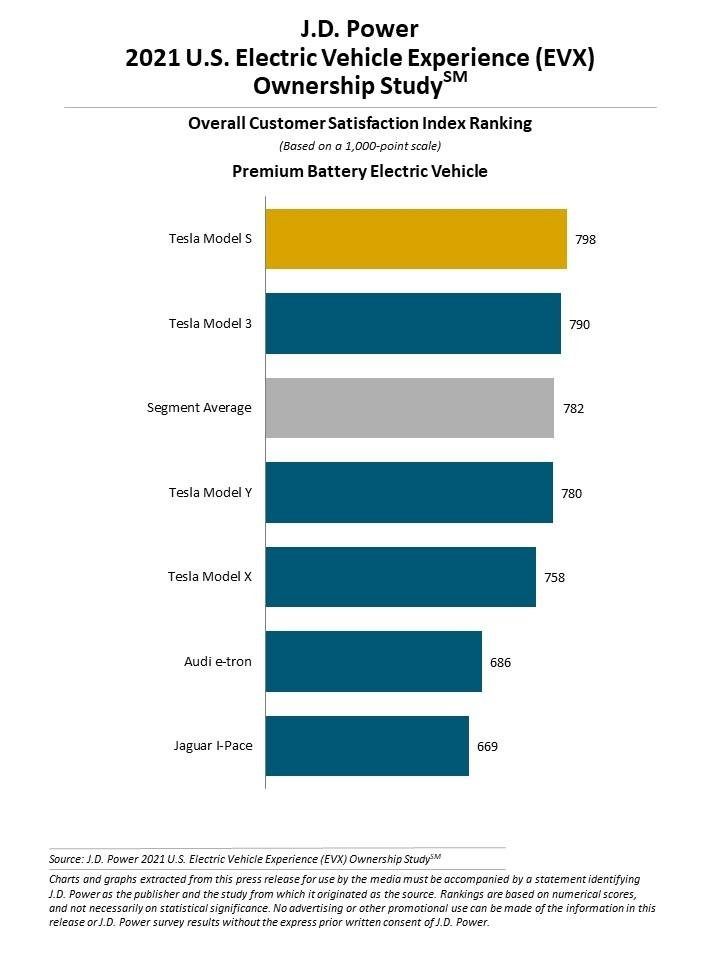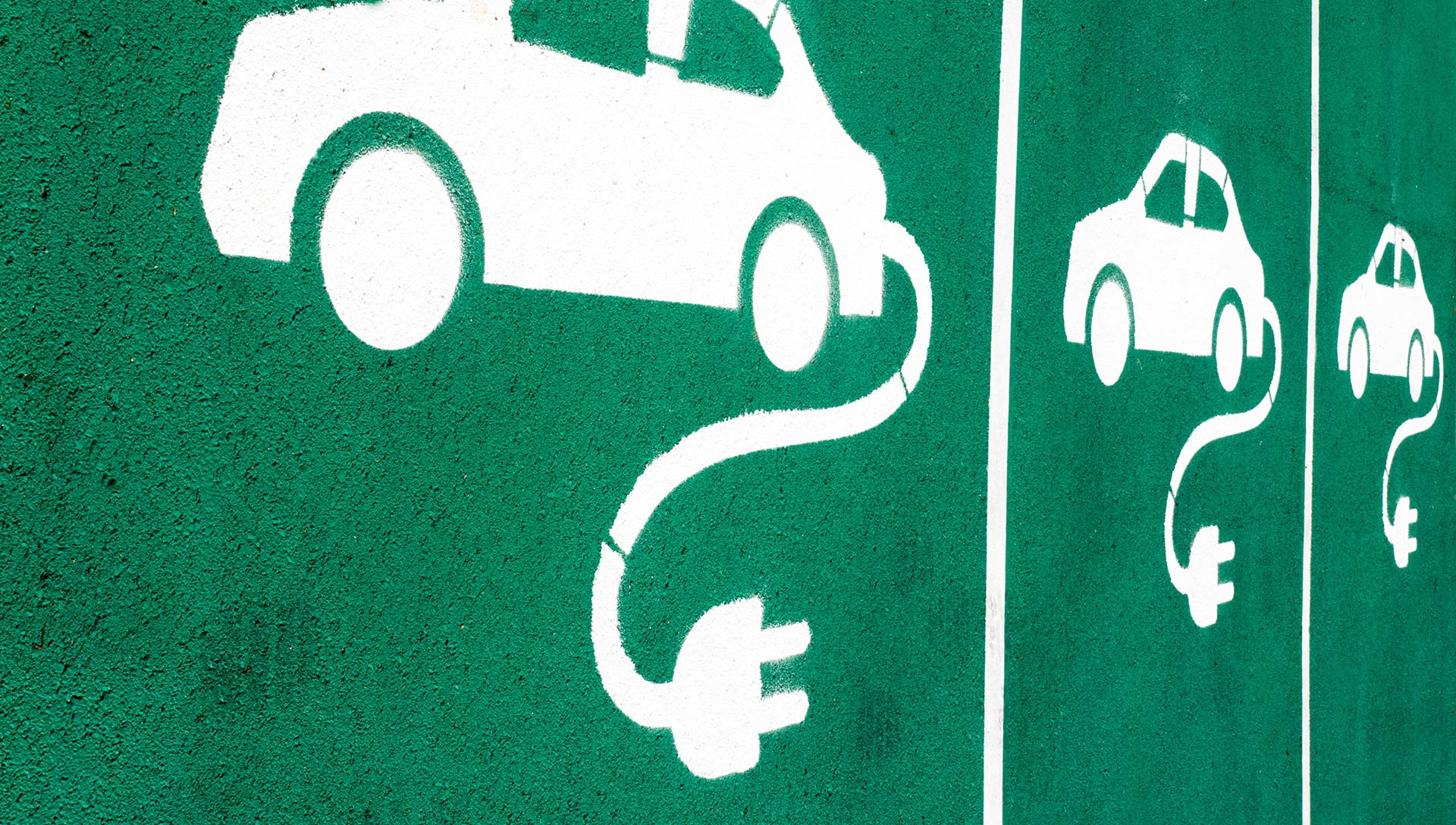JD Power has conducted a new Electric Vehicle Experience (EVX) Ownership Study confirms majority of electric car owners would purchase another EV before going back to a traditional combustion engine.
According to the company: “The overall EVX ownership index score measures electric vehicle owners’ satisfaction (on a 1,000-point scale) in premium and mass market segments across seven factors: accuracy of stated battery range; availability of public charging stations; battery range; cost of ownership; driving enjoyment; ease of charging at home; and vehicle quality and reliability.”
The study finds that 95% of EV owners whose overall ownership satisfaction exceeded 900 points will opt for another EV. However, the brand of EV is up for grabs as the owners don’t seem to be necessarily loyal to their current EV brand, especially among owners whose satisfaction is between 600 and 750 points. 77% said they “definitely will” purchase another EV but the odd of them purchasing the same brand falls to just 25%.
According to Brent Gruber, senior director of global automotive at J.D. Power: “Brand loyalty can be fickle among EV owners. While early adopters of EVs say they’ll remain loyal to EVs in general, staying with the same brand is not a sure thing. Auto manufacturers will have to keep EV owners and shoppers interested in their products beyond just the cost equation. With automakers expected to flood the market with EV launches during the next three years, to capture a share of the market they need to offer vehicles that evoke excitement and meet owners’ broader needs.”
Unsurprisingly Tesla leads by a large margin followed by the Kia Niro EV:


Following are key findings of the 2021 study:
-It’s mostly about range: When deciding which electric vehicle to buy, the most-often-cited factor in the purchase decision is battery and driving range. Even after the purchase is made, range is still a critical element of the ownership experience. In both premium and mass market segments, accuracy of the stated battery range and actual battery range experienced by the owner account for about 20% of owners’ overall satisfaction. “Even though most owners drive less than the stated range of their vehicle’s battery, they still want to know that the actual battery range is close to the stated battery range,” Gruber said. “It’s still about peace of mind.”
-Where to plug in: The public charging infrastructure is a key determinant of satisfaction for EV owners of both premium and mass market brands, yet significant differences exist between the two groups. Satisfaction among owners of premium battery electric vehicles (BEVs) with availability of public charging is 235 points higher than among owners of mass market BEVs, largely due to Tesla owners’ higher level of satisfaction with the Tesla public charging network. Regionally, satisfaction with the availability of public charging infrastructure is highest in the West (616) and lowest in the West North Central region (563), which includes Iowa, Kansas, Minnesota, Missouri, Nebraska, North Dakota, and South Dakota. Satisfaction with the availability of public charging is 305 points higher among Tesla owners than among owners of other brands.
-Driving enjoyment vs. quality concerns: While driving enjoyment varies significantly by segment (892 for premium BEV and 758 for mass market BEV), only in the mass market segment does driving enjoyment outweigh quality and reliability. Quality and reliability is the most important factor of the premium electric vehicle ownership experience. It’s notable that, while Tesla is seen to have poor quality, Tesla owners are more highly satisfied overall, indicating their willingness to overlook quality problems.
-Show me the savings: Owners of both premium and mass market EVs agree on one reason for choosing electrification over internal combustion engines (ICE): the expected lower operating costs of an electric vehicle. Cost of ownership is a key driver in the purchase of an EV that typically has fewer parts to maintain, has less frequent service requirements and results in lower fuel costs than ICE vehicles.

